Welcome to the Letter Daal
Thuluth Calligraphy section of the Letter Animation Studio
On this page, you will find a detailed breakdown of the Daal's structure, its individual parts, and the precise technique required to craft it in the Thuluth style.
Anatomy of the Letter Daal
The letter Daal in Thuluth consists of the following key parts:
Full Animation of Daal
The letter Daal is one of the simplest yet most elegant letters in the Arabic alphabet, distinguished by its smooth curves and balanced proportions. In the Thuluth script, writing the Daal requires precision and an understanding of its graceful form. Below, we break down the process into three well-defined strokes, each contributing to the beauty of this letter.
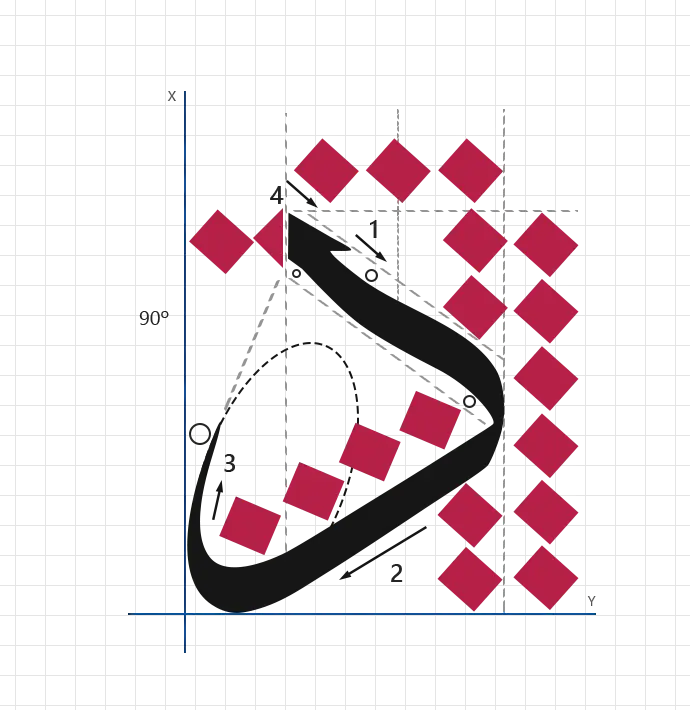
1.First Stroke
Begin at a 90° angle for a clean and precise start.
Create a vertical stroke that measures 3 nuqtas in width and 3 nuqtas in height.
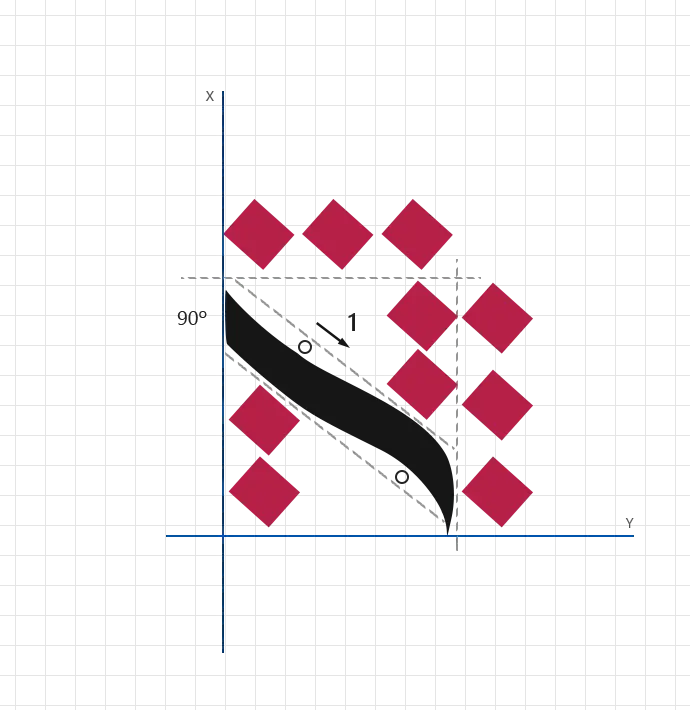
2.Secend Stroke
Adjust the pen to a 70° angle for the second stroke.
Extend the stroke to a width of 4 nuqtas and a height of 3 nuqtas, forming the curved body of the Daal.
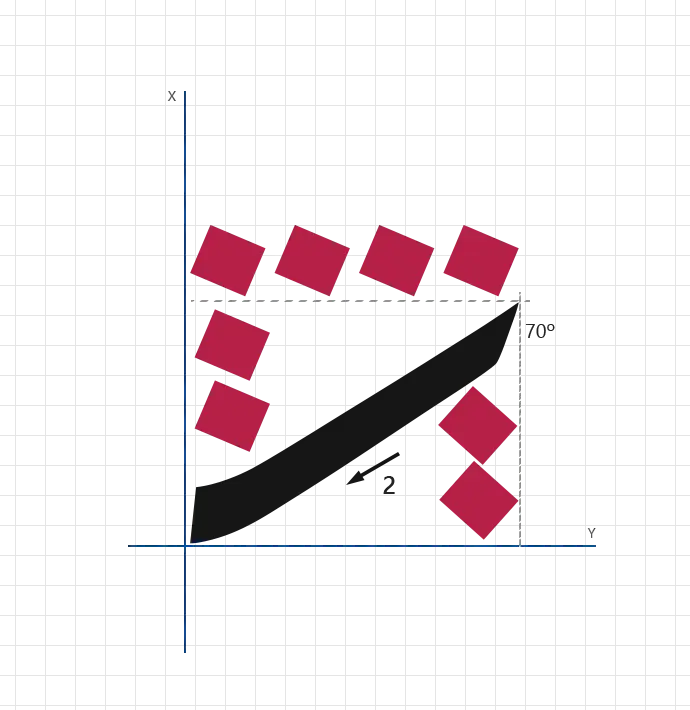
3.Third Stroke
Maintain the 70° angle for the final stroke.
Draw a smaller vertical stroke with dimensions of 1 nuqta in width and 3 nuqtas in height, adding the finishing touch to the letter.
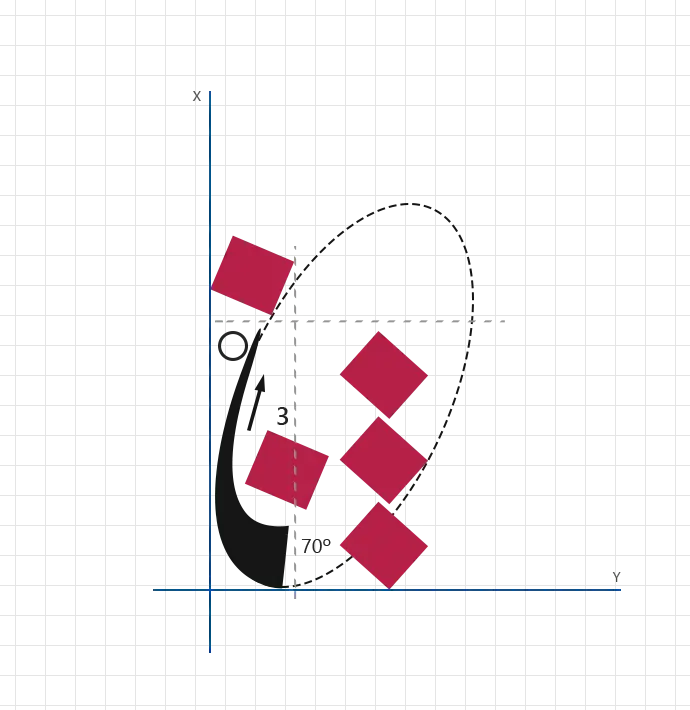
4.Fourth Stroke
Draw a small, curved line at the top of the first stroke.
This curve should be 1 nuqta long and have a slope of 1/2 nuqta.
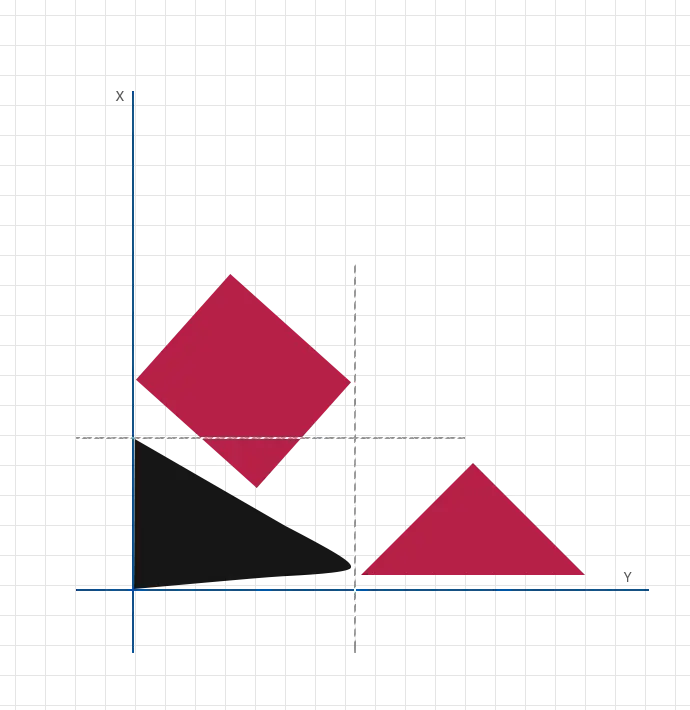
Guidelines for Letter Mastery
The "Guidelines for Letter Mastery" table provides a clear and systematic approach for students to practice and refine their Arabic calligraphy skills. It outlines each step, the recommended time allocation, and detailed descriptions to ensure effective and focused practice sessions. This table is designed to help students build consistency, master letter proportions, and develop a strong foundation in Arabic calligraphy.
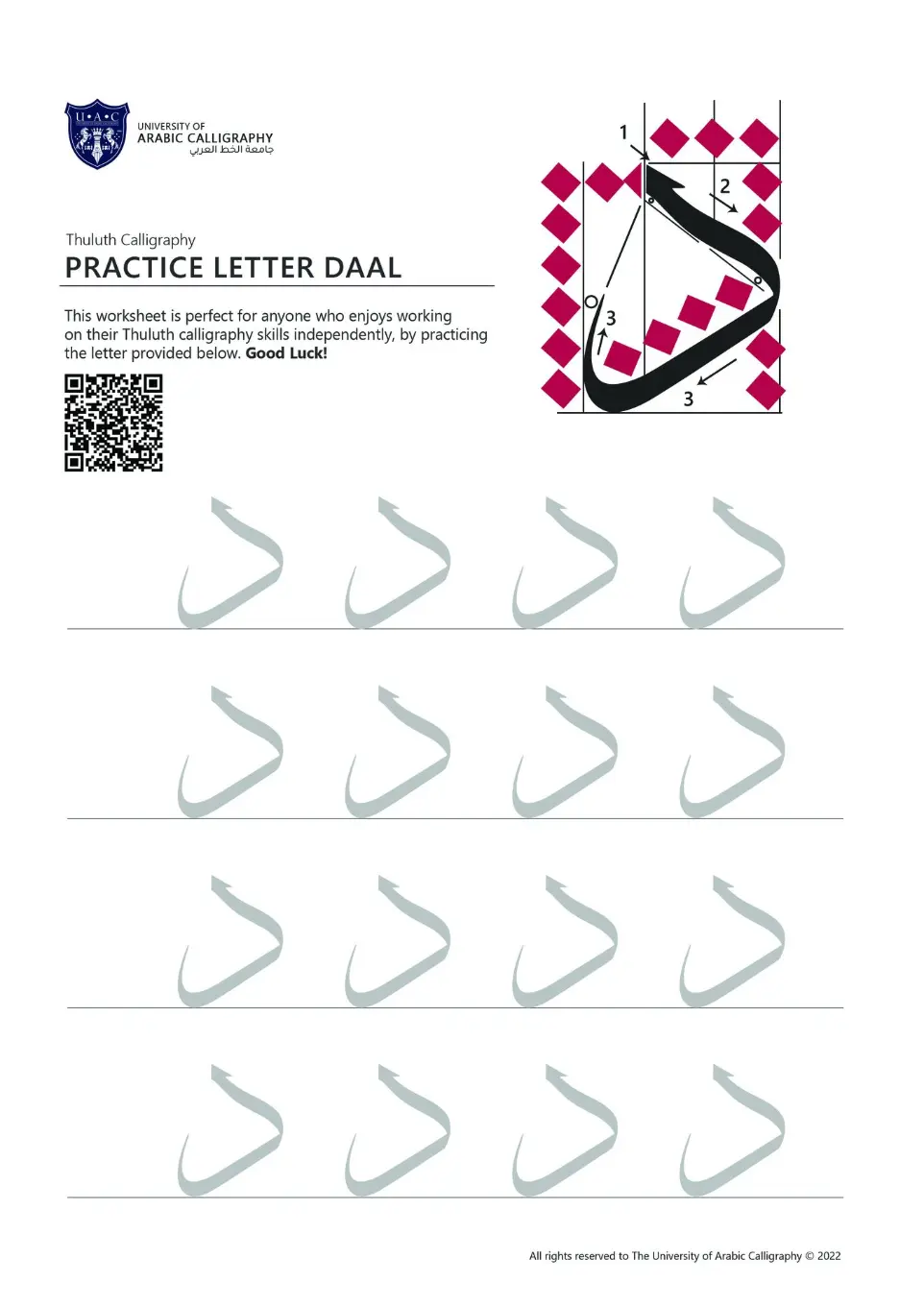
Personalized Feedback at UAC
At the University of Arabic Calligraphy (UAC), your growth as a calligrapher is our priority. Our instructors provide personalized feedback and precise corrections on your submitted worksheets, helping you refine every stroke with confidence.
When you complete your practice, upload your work through the link below to begin your assessment.
Our expert reviewers will carefully study your submission, offering detailed guidance to enhance your technique, consistency, and artistic expression.
This interactive experience ensures you are never practicing alone you are learning alongside a dedicated community that values excellence in Arabic calligraphy. Continue your artistic journey with UAC and advance toward mastery in this timeless art.




